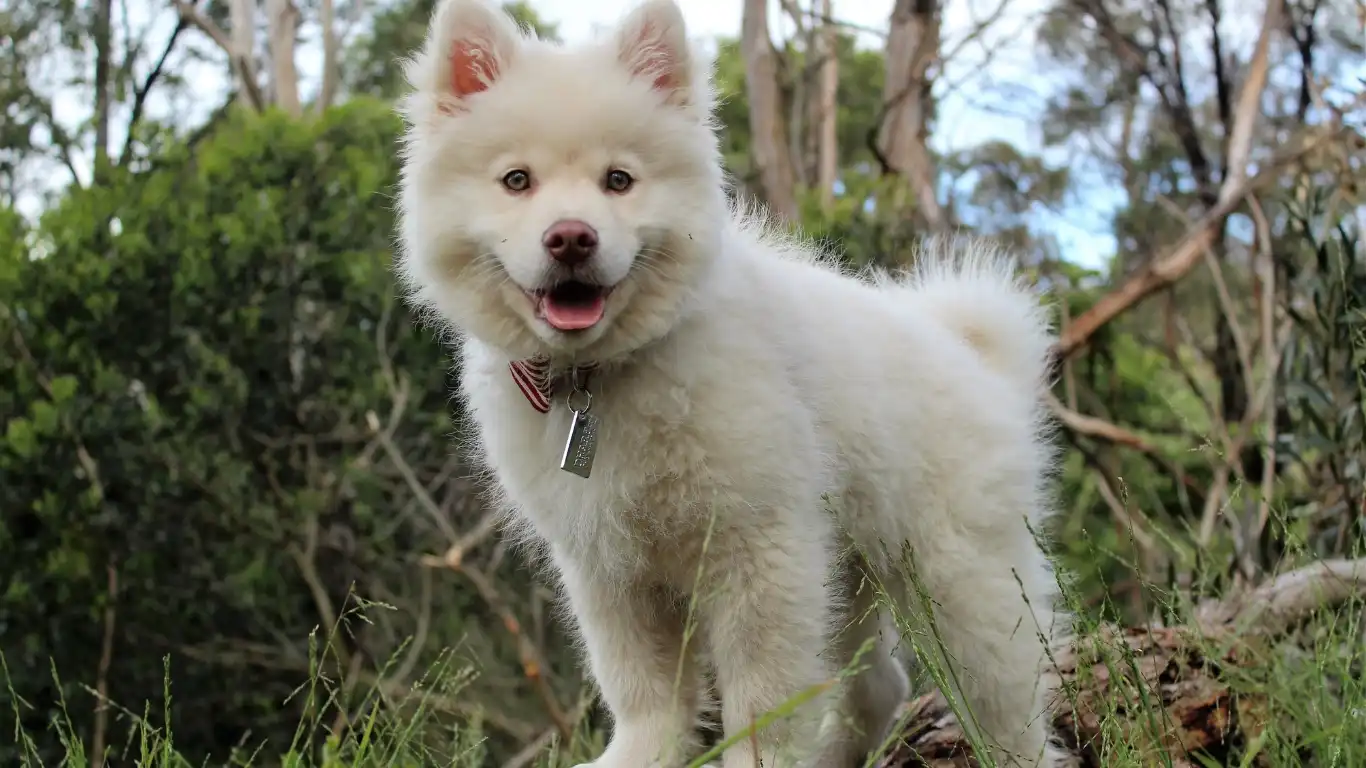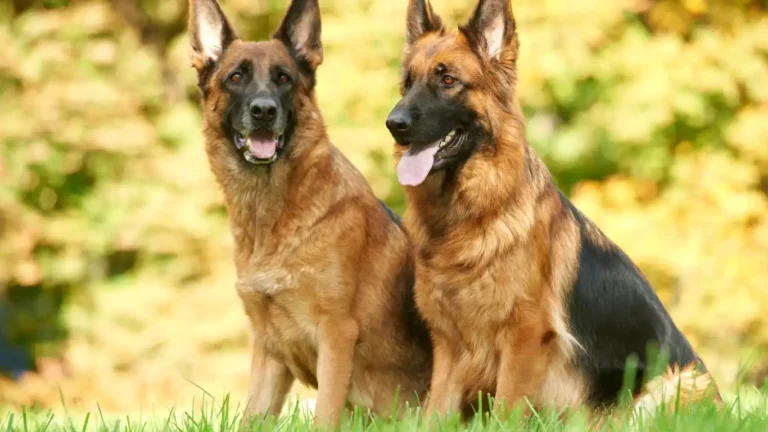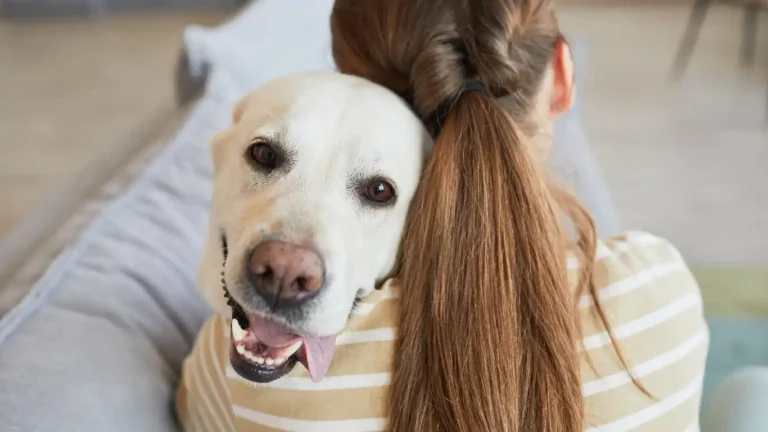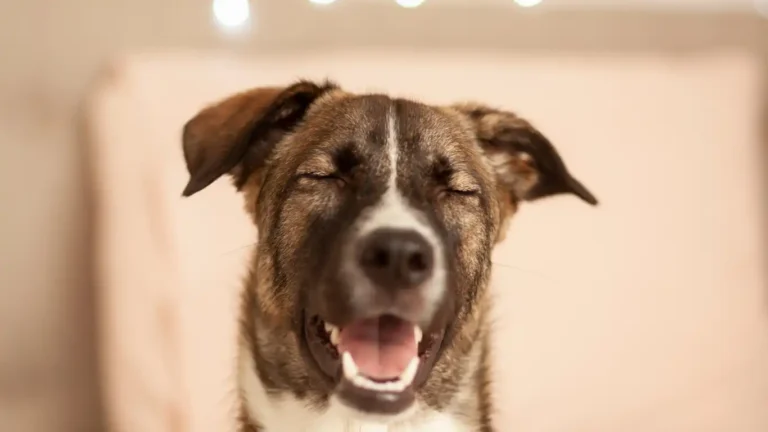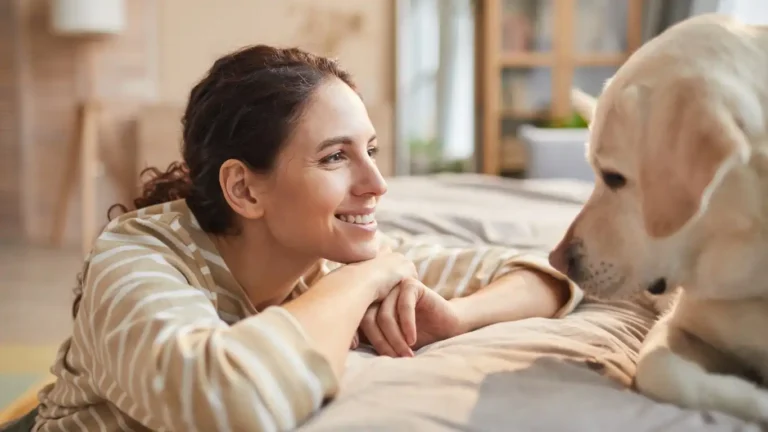Ultimate Guide: How to Prepare Your Dog for a New Vet Visit Stress-Free
If you’ve ever searched for how to prepare your dog for a visit to a new vet, chances are you’ve already noticed how stressful it can be—not just for your pup, but for you, too. As someone who’s been a Veterinary Technician and Nurse for over a decade (and someone who’s specialized in pet nutrition), I’ve seen firsthand how dogs react in unfamiliar environments. Some tremble like leaves in the wind, others bark nonstop, and a few… well, let’s just say they leave a “present” in the waiting room. The good news? A little prep work can make a world of difference.
Why the First Vet Visit Sets the Tone
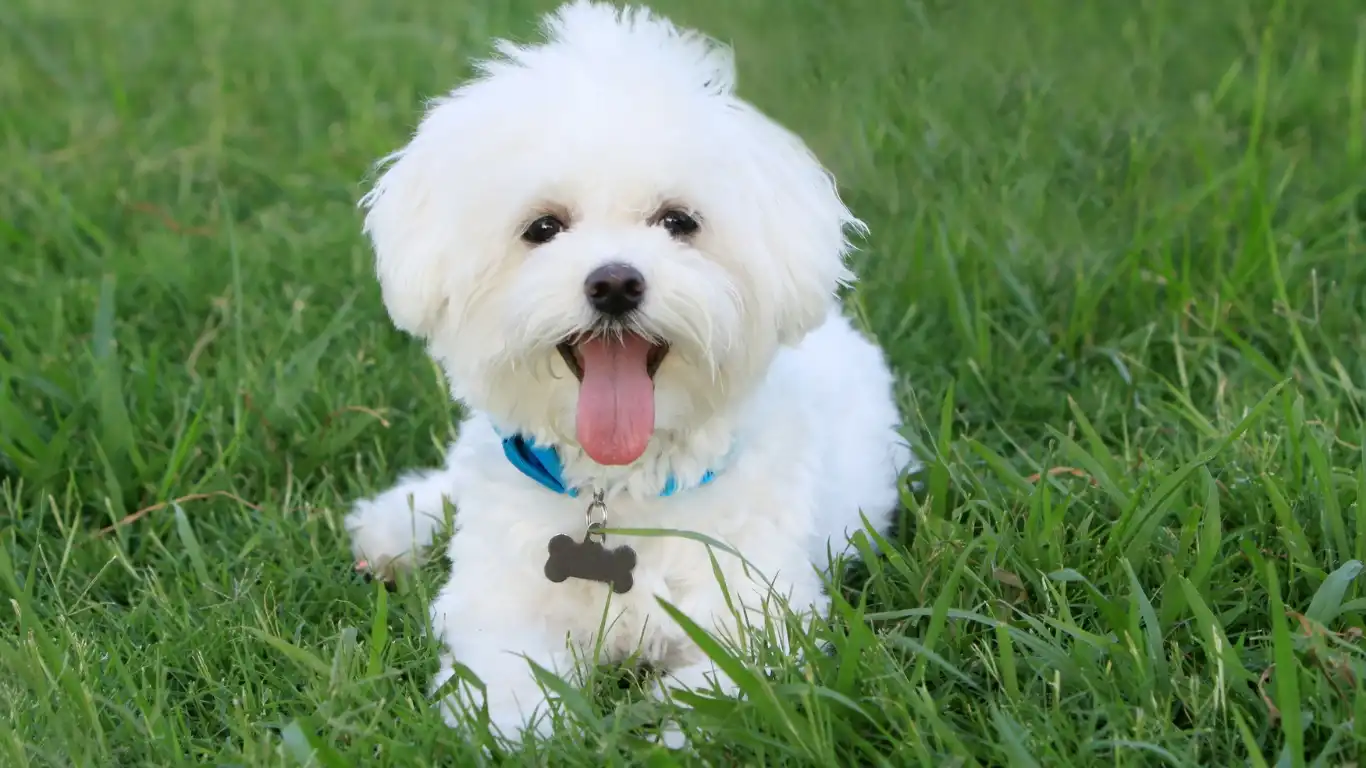
Imagine you’re a dog. New smells, weird floors, strange people in scrubs, and other animals all around—it’s sensory overload. That first experience with a new veterinarian can shape how your pup reacts to future visits. If it’s chaotic or overwhelming, you might find yourself dealing with anxiety-based behavior before you even step into the clinic next time.
From my hands-on experience, dogs are like little memory machines.
Start with a Calm-Down Routine Before the Big Day
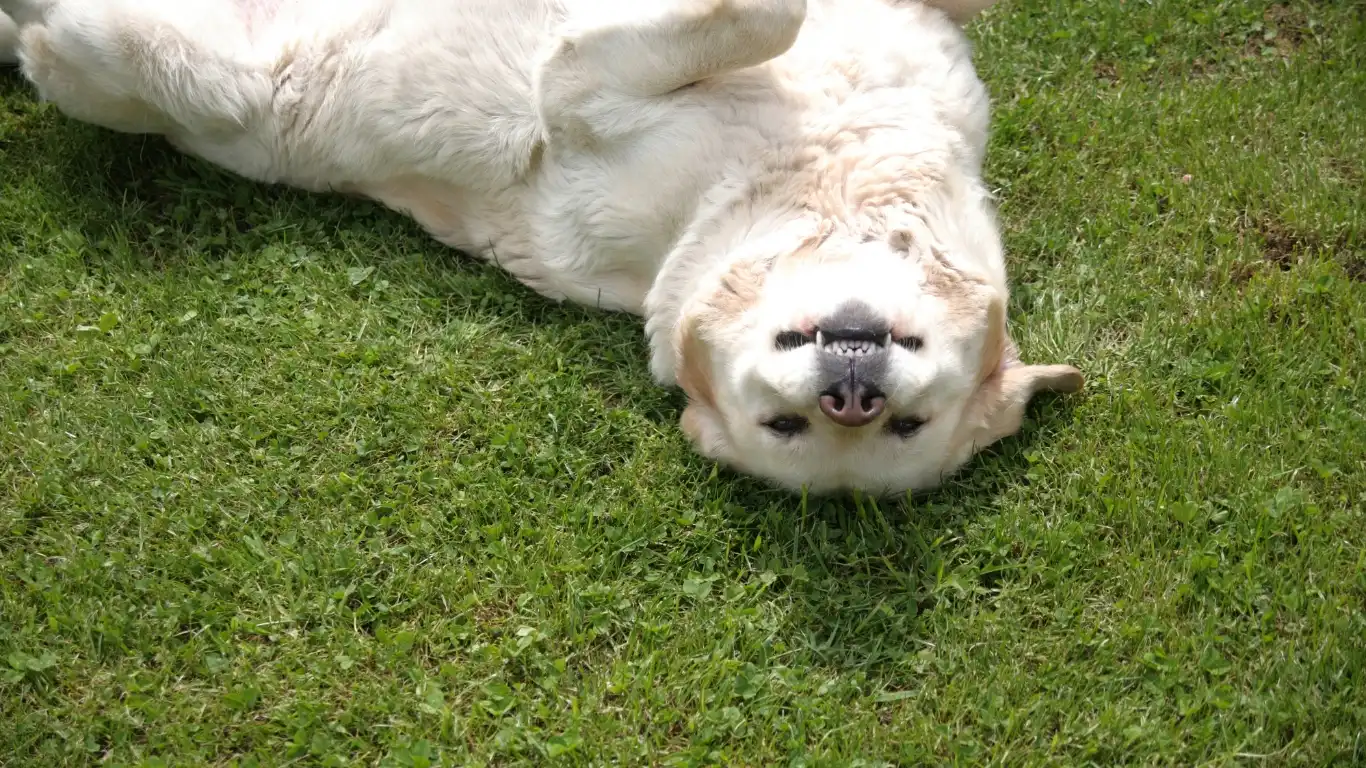
One thing I always suggest to pet parents—especially if your dog’s the nervous type—is to create a pre-visit ritual. Dogs thrive on routine, so if you’ve got a calm-down system they recognize, it’ll help keep their stress levels in check. In my house, it’s soft music (yep, Spotify has actual dog playlists), a little lavender diffusing in the corner, and some gentle brushing. You wouldn’t believe how powerful just brushing your dog can be for grounding them.
Don’t introduce new elements the day of the appointment. Stick to familiar treats, their usual walking path, and plenty of positive reinforcement. A calm dog entering the clinic is way easier to manage than a bundle of nerves.
Practice Makes (Almost) Perfect
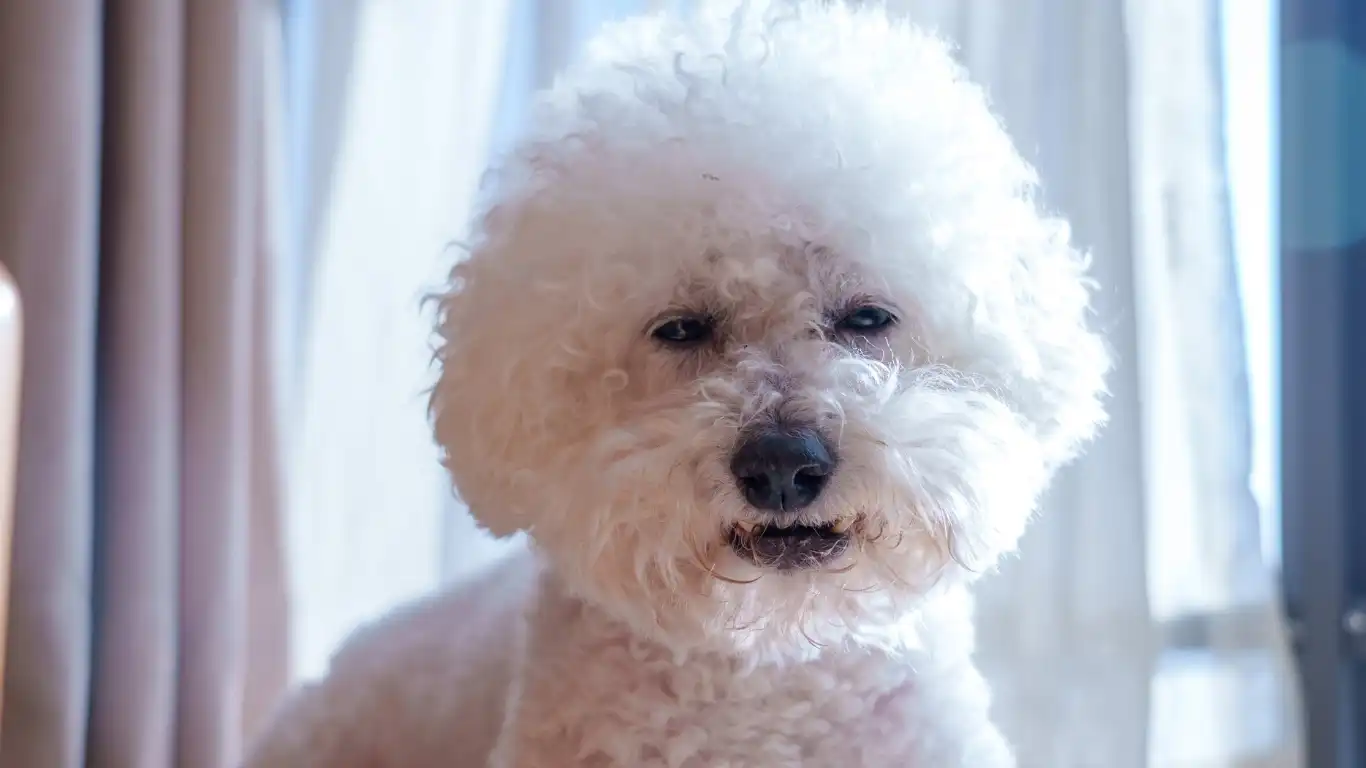
This tip might sound a little quirky, but it works wonders: rehearse the vet visit. As a vet nurse, I’ve seen how well this works for dogs who used to bolt at the sight of a stethoscope. You can gently simulate parts of the exam at home:
- Lift their ears and check inside.
- Handle their paws and check their nails.
- Touch their belly and listen to their chest with a toy stethoscope (or your hand).
Reward calm behavior every time. I’ve even had clients bring their pups by the clinic just to say hi, grab a treat from the receptionist, and leave—no appointment, no exam. That kind of exposure training turns the clinic into a normal, not-so-scary place.
What to Pack for the Vet Visit

Yes, I recommend packing a doggy “go bag.” Think of it like a diaper bag but for your pup. Over the years, I’ve seen the most successful vet visits happen when pet parents come prepared. Here’s what I always suggest bringing along:
- Treats: Lots of them. Go for high-value stuff your dog loves.
- Favorite toy or comfort item: A plushie or blanket that smells like home helps a ton.
- Previous medical records: Especially if this is the first time you’re seeing a new vet.
- Leash and poop bags: Because nobody wants a surprise mess in the lobby.
- Questions or concerns: Jot them down ahead of time so you don’t forget in the moment.
I’ve had pet parents show up without records, and it always slows things down. Trust me, your new vet will thank you (and so will your dog) if you come with everything in hand.
Timing Matters More Than You Think
If you can, avoid peak hours. Try booking your appointment early in the morning or mid-afternoon when things are a little quieter. From the clinic side, I can tell you the vibe is way more chill during those windows, and that energy totally rubs off on the pets.
Also, give yourself a buffer. Don’t rush to the appointment right after a hectic morning. Leave time for a calm walk beforehand and aim to arrive 5–10 minutes early. Rushing adds stress—for both of you.
And here’s a little insider tip from my tech days: ask the receptionist when the vet typically runs on time. Some clinics are like clockwork; others have busy stretches. Planning around that can save you from sitting in the waiting room with a dog who’s getting more anxious by the minute.
During the Appointment: Stay Calm, Be Your Dog’s Anchor
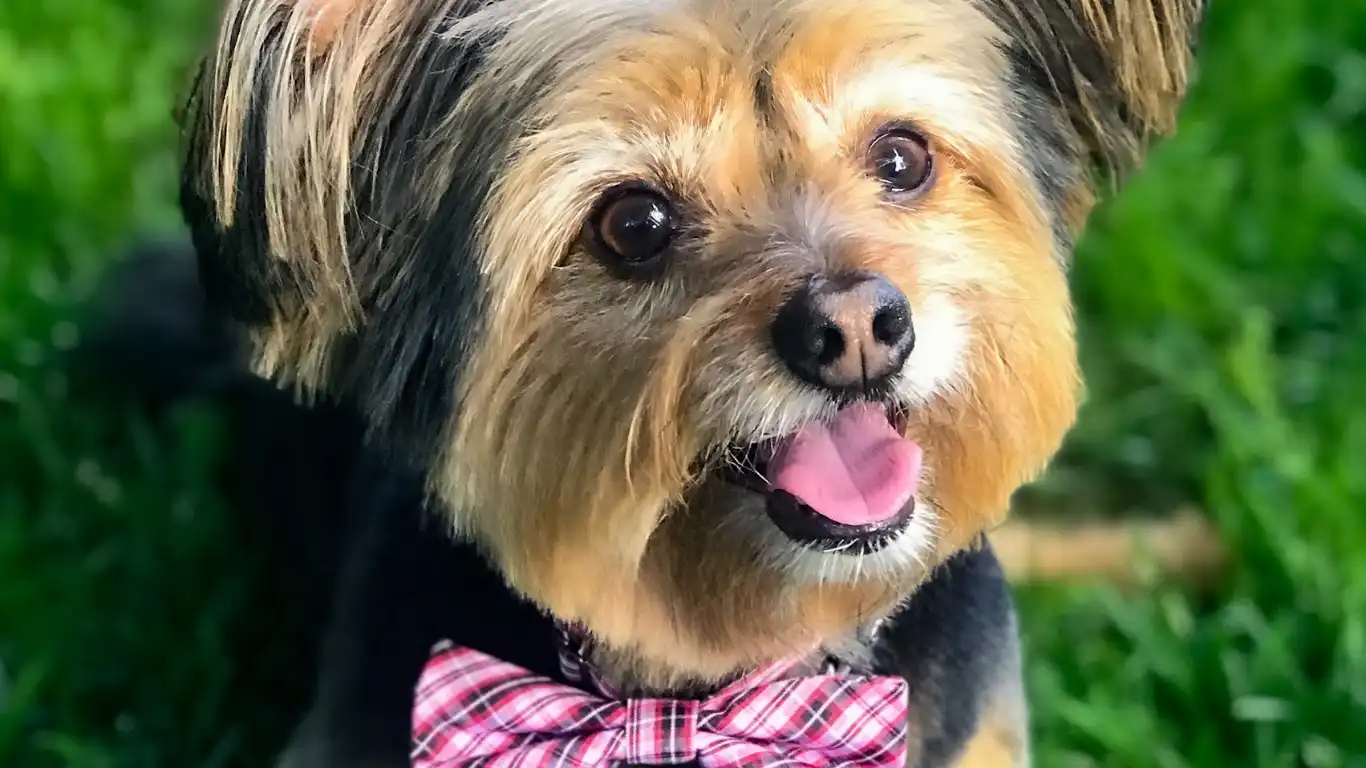
So, you’ve made it to the clinic. You’re checked in, and now you’re sitting in the exam room. Here’s where things can go either way—your dog may stay chill, or they might start showing signs of stress. Either way, your energy really sets the tone. I can’t emphasize this enough: dogs are emotional sponges. If you’re tense, they feel it instantly.
I’ve seen even the most skittish pups relax a bit when their human stayed cool, talked in a low, happy tone, and stayed physically close. If your vet allows it, stay next to your dog during the exam. Offer gentle petting, speak softly, and let your pup know you’re there. That presence is powerful.
And remember—you are your dog’s advocate. If something doesn’t feel right, or your pup is overly stressed, speak up. A good vet will adapt their approach or even take a short break. I’ve personally paused exams so dogs could go outside for a breather and come back feeling more comfortable. It’s not about rushing—it’s about trust and comfort.
After the Visit: Positive Reinforcement & Recovery
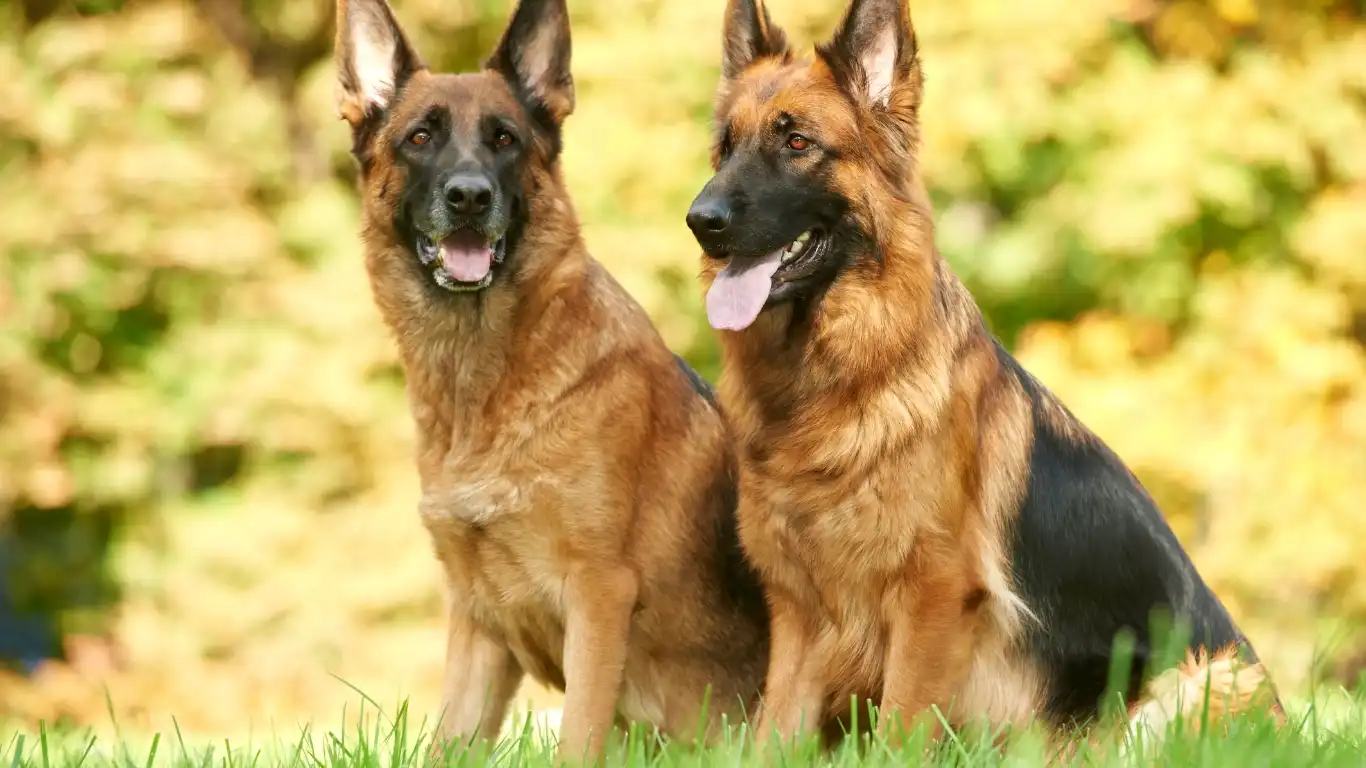
The vet visit doesn’t end when you leave the clinic. What you do afterward plays a huge role in how your dog remembers the experience. I always recommend a mini reward session: treats, a walk in their favorite park, or even just some cozy time at home with belly rubs. You want your dog to associate the vet trip with good things, not just thermometers and pokes.
Also, don’t be surprised if your dog’s a little worn out. Some pups need a nap afterward. Others might act clingy or a bit reserved for a few hours. That’s totally normal. It’s like us after a dentist appointment—we’re glad it’s over but kinda need a minute to decompress.
And hey, don’t forget to praise yourself too! Vet visits can be stressful for us humans as well, especially if you’ve got a reactive or anxious pup. You did great. You’re showing up, doing the work, and helping your dog live a healthier life. That matters more than you know.
Building a Long-Term Relationship With Your New Vet
Finding a vet you trust is like finding a good mechanic—you want someone who explains things clearly, respects your input, and treats your dog with kindness. Once you find that vet, make the most of the relationship. Share your concerns. Ask questions. Be honest about what you can afford and what works for your lifestyle. We’re not here to judge—we’re here to help.
In my years in clinics, I’ve learned that the best outcomes happen when there’s open communication. Don’t be afraid to bring up diet, behavior changes, or even those “I don’t know if this is a thing, but…” questions. We love that. You know your dog better than anyone, and your observations can help us catch issues early.
Final Thoughts on How to Prepare Your Dog for a Visit to a New Vet
Helping your dog feel safe, understood, and supported at the vet is absolutely doable—it just takes a little prep and a whole lot of love. From setting the stage at home to creating positive associations, you’ve got all the tools you need. And remember, every pup is different. What works for one might need tweaking for another. But with patience, consistency, and a gentle touch, you’re giving your dog the best shot at a lifetime of low-stress vet visits.
Trusted Resources
- American Veterinary Medical Association
- ASPCA
- Fear Free Pets
- American Animal Hospital Association (AAHA)
Disclaimer
This article is based on my personal experience as a veterinary technician and should not be considered medical advice. Always consult with a licensed veterinarian regarding your pet’s specific health needs or behavioral concerns.
